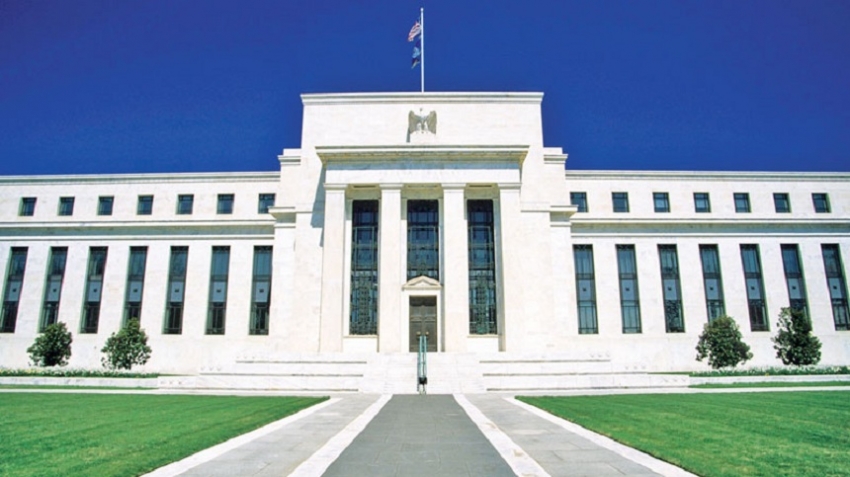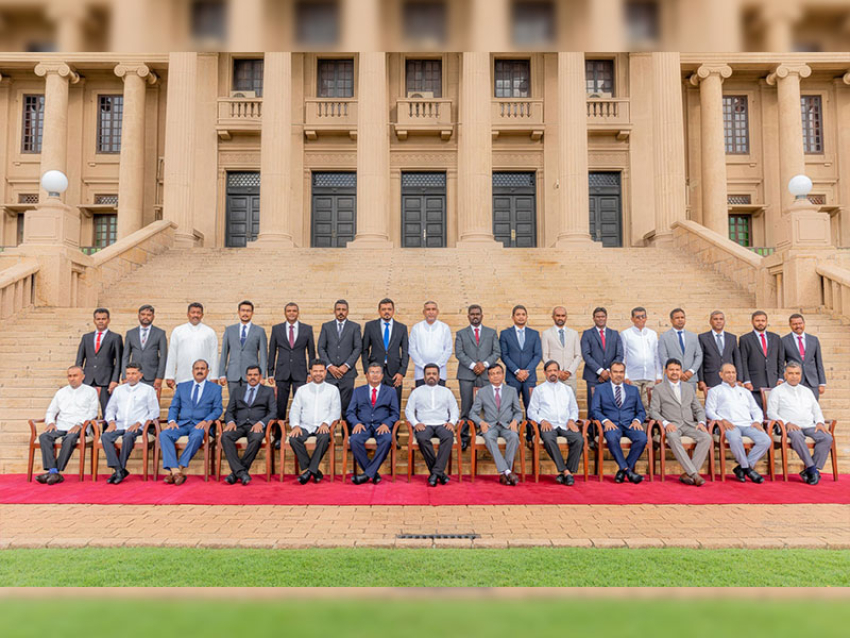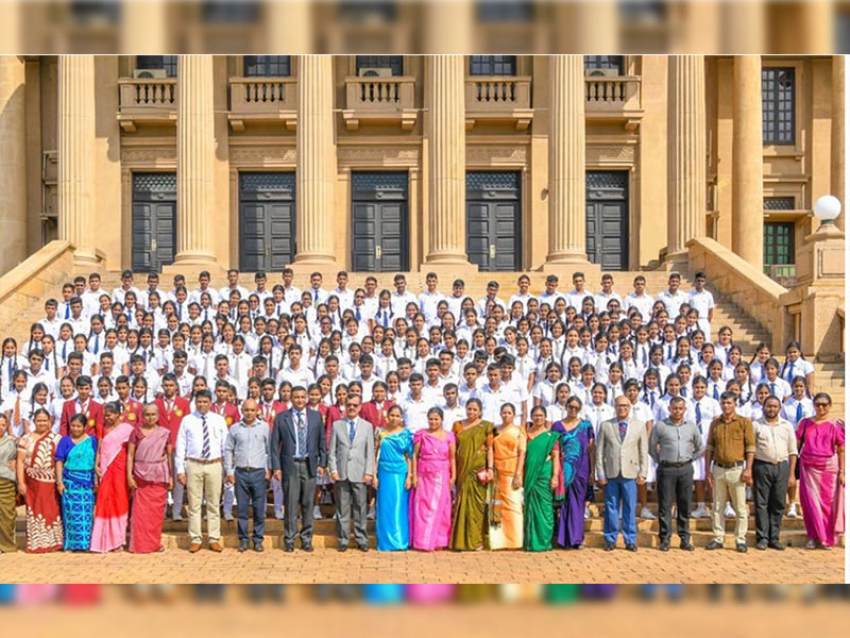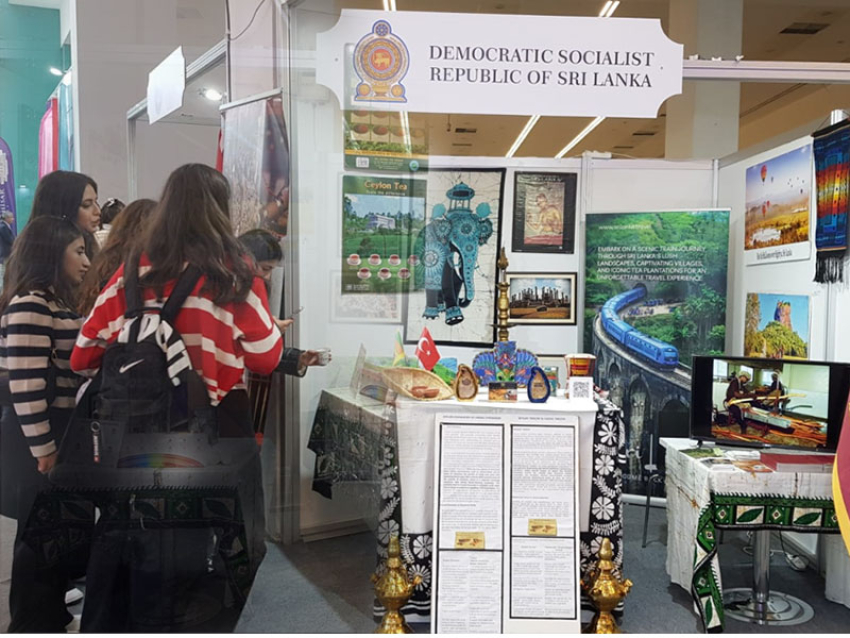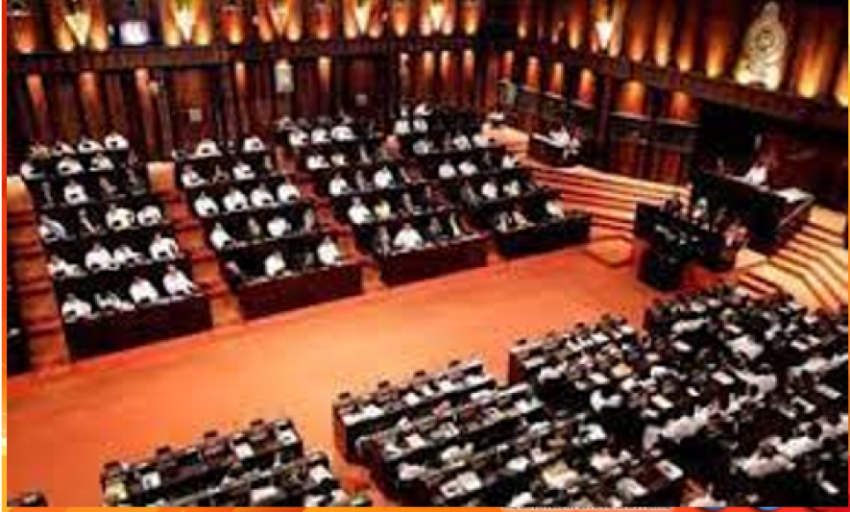The monetary policy is largely about regulating money, credit, interest rates and exchange rates to facilitate the growth and stability of the economy, income, employment and living standards of people. The money is created through credit and helps mobilize economic resources, production, trade investments and improve living standards.
Therefore, the monetary authorities have wide public powers to drive money and credit to facilitate national economic objectives. Central banks are primarily mandated for the monetary policy among several other duties such as supervision of banks and financial institutions and the agent of the government for some tasks.
The US is the world’s largest economy in GDP with its currency, US Dollar, being the widely-used global reserve currency. Therefore, the US monetary policy decisions have wide spillovers across the world. Therefore, central banks world over adopt a model of the US monetary policy and closely monitor the US monetary policy decisions and underlying market speculations.
The US Federal Reserve System
The Central Bank in the US is the Federal Reserve System (Fed) incorporated in 1913. Its objectives are stable prices and maximum employment (dual mandate). The Fed operates through Board of Governors and 12 Federal Reserve Banks (FRBs). FRBs which have been incorporated separately carry out policies and functions of the Fed in respective districts are owned by member commercial banks and governed by separate Boards of Directors. The policy-making arms of the Fed are the Board of Governors and the Federal Open Market Committee (FOMC).
The Board of Governors comprises of seven members - the Chairman, Vice Chairman and five Governors nominated by the President and confirmed by the Senate for a term of four years. The FOMC comprises of 12, i.e., Board of Governors, President of the Federal Reserve Bank of New York and four of Presidents of other 11 Federal Reserve Banks on rotation basis for one year. Presidents of other Federal Reserve Banks can participate in meetings and discussions without voting.
Fed’s Monetary Policy Model
• Policy Instruments
Four major instruments are the open market operations (OMO), discount rate, reserve requirement and interest on excess reserves (IOER). The FOMC is the decision-making authority for OMO whereas the Board of Governors make decisions on other policy instruments. The FOMC holds eight scheduled meetings per year to make OMO decisions.
The OMO are the buying and selling of securities by the Fed in the market to regulate the inter-bank liquidity in order to keep overnight inter-bank interest rates (federal funds rate) within the target (federal funds rate target) set by the FOMC.
Discount rate is the interest rate charged on Fed’s short-term secured credit granted to sound banks. This credit is known as primary credit. Secondary credit and seasonal credit also are separate discount facilities. Secondary credit is grated to resolve short-term liquidity problems of banks who are not eligible for primary credit. Seasonal credit is granted to small banks such as agricultural or community banks to meet their seasonal funding needs based on credit needs of the economy. Discount rates on secondary credit and seasonal credit are higher than primary discount rate.
Reserve requirement is the portion of deposit liabilities of banks that should be kept as cash reserves at the Fed. The IOER is the rate of interest paid by the Fed on excess reserves of banks overnight held at the Fed in excess of the reserve requirement.
• Policy Goal
In the past, the Fed has been pursuing its monetary policy under various goals/targets to serve its dual mandate. The present goal that has been following after the global financial crisis 2007/09 is to drive the US inflation symmetrically around a target of 2%.
The policy mix is adjusted by assessing latest incoming data on the economy such as employment, economic growth, private spending, wages, credit and financial conditions, fiscal spending, international trade, growth trends of the world economy and major economies available at each FOMC meeting.
Key Monetary Policy Decisions
The FOMC’s policy decision regularly taken at each two-day meeting are the fed funds rate target and the quantum of OMO.
• Fed funds rate target
The fed funds target rate is the target set by the FOMC for federal funds rates which are the interest rates charged by banks for their overnight lending out of their excess reserves held with the Fed (federal funds) to other banks. The present fed funds rate target is 2.25%-2.50%.
• Size of OMO
The OMO is conducted to keep fed funds rates within the fed funds target range. For example, if the fed funds rates tend to move beyond the upper target (2.50%), the Fed buys securities to inject fresh funds to the money market. In reverse, if the fed funds rates tend to fall below the lower target, the Fed sells securities to mop up funds/liquidity from the money market. As a result, the Fed conducts OMO to keep fed funds rates stable within the targets so that market interest rates also follow suit to facilitate credit and investment flows for economic activities.
Accordingly, on assessment of the liquidity in the market and performance of the economy, the FOMC authorizes the volume of the OMO to be carried out. Federal Reserve Bank of New York monitors the market liquidity and carries out the OMO appropriately.
Other policy instruments are adjusted, if necessary, to facilitate the targets of fed funds rates and OMO in view of the needs of the economy.
Impact of the US Monetary Policy on other countries
Central banks and policymakers of all countries carefully monitor the US monetary policy decisions due to significant impact of the US economy and monetary policy.
• US$ being a global reserve currency
First, the US$ is the widely used global reserve currency for trade, investments and reserves.
Therefore, in most emerging market economies, printing of money and market liquidity are largely dependent on the volume of US$ reserves held by central banks. The US monetary policy influences in the US$ liquidity in the world and thereby the liquidity of US$-dependent countries.
• International Capital Flows
Second, short-term foreign capital is the major sources of liquidity in many countries. Such capital invested in local government securities and equities is highly mobile in response to changes in interest rates, currency rates and economic sentiments.
As a result, changes in US interest rates highly drive capital flows between the US and the rest of the world, given the comparative risk-return trade-offs.
• International Spillovers
The Fed/FOMC decisions immediately affect the value of the US$, interest rates and prices of securities in the US. As a result, markets adjust capital flows almost immediately. For example, the Fed has been raising interest rates and tightening the liquidity faster in 2018 along with other domestic policies such as tax-cut to incentivize the US economy. As a result, foreign capital started moving from emerging market economies to the US.
This caused excessive currency depreciation, erosion of foreign reserves and liquidity crunches in those economies and led to immense economic difficulties.
As a result, many central banks had to raise interest rates to compete for foreign capital and restrict credit to improve trade balance/foreign currency/reserve position. These economies still suffer from the US tight monetary policy. Further, changes in the value of the US$ and US securities prices affect the value of foreign currency reserves of emerging market economies as the majority of such reserves is in US securities.
• Country Monetary Policies
In modern global economies, foreign capital flows fund both private sector and state sector on regular basis. Therefore, monetary policies of many countries are geared to keep domestic interest rates and exchange rates competitive to attract and maintain foreign capital in competition with peer countries.
Further, capital flows are changed on the basis of market anticipation of US interest rates in the near future and, therefore, country monetary policies often become ineffective whereas governments are compelled to borrow from international markets to supply foreign currency to respective economies.
Latest Fed Monetary Policy Decisions
• Interest Rates
The Fed/FOMC at its second meeting of the year held on May 1, 2019 decided to keep fed funds rate target unchanged at 2.25 % - 2.50 % and primary credit/discount rate at 3.00 %. Meanwhile, it reduced IOER by 0.05 % to 2.35 %. Some present that this is an indication of policy relaxation or keeping fed funds rates lower than before. The IOER is expected to help keep fed funds rates around specific levels within the target range that the Fed wishes to control. As a result, fed funds rates will fluctuate around IOER.
• OMO and Liquidity
The Fed also decided to increase the monthly rollover or reinvestments of proceeds of maturing securities held by the Fed.
This is to prevent the reduction of the liquidity in the money market. Accordingly, maturity proceeds in excess of US$ 15 bn in respect of Treasury securities and US$ 20 bn in respect of agency debt and agency mortgage-backed securities per month will be reinvested. The relevant amounts in April 2019 were US$ 30 bn and US$ 20 bn, respectively.
Accordingly, the Fed authorized the OMO desk to conduct OMO to keep fed fund rates within the targets and have reverse repo auctions/transactions at an offering rate of 2.25 % (lower fed funds rate target) against Treasury securities, subject to per-counterparty limit of US$ 30 bn per day.
Therefore, the Fed wishes to control fed funds rates towards lower target. This seems like a policy action to reduce market interest rates effectively by printing of more money without cutting the fed funds rate target.
Immediate Market Response
Immediately after the last Fed decision, US$ depreciated while market interest rates declined. Two days later on May 3, the US job market data were released showing stronger job market. In April, new non-farm jobs were 263,000 as against the target of 163,000.
The unemployment rate fell to 49 years’ low 3.6% (as compared to around 10% in 2009 affected by the financial crisis) while average hourly wage increased by 3.2%. The US annual inflation has declined to 1.5% in March (below 2% target) while the first quarter GDP growth increased to 3.2%.
The Fed Chairman Gerome Powell stated at the post-FOMC press conference that the US economy continues on a healthy path and one overarching goal of the FOMC is to use monetary policy tools to sustain the economic expansion with a strong job market and stable prices for the benefit of the American people.
The Fed has paused the policy tightening since March 2019 and announced some accommodative policy actions in 2019. This will ease financial and economic conditions in emerging market economies and provide some independence to central banks to manoeuvre their monetary policies for domestic priorities in 2019.

